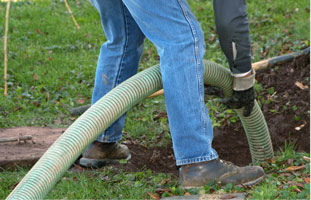Mil Spec anodizing conforms to standards set by the military, guaranteeing performance. If you’re using aluminum, anodizing it could prolong its lifespan and prevent corrosion.
Mil Spec Anodizing
The military has set standards to regulate anodizing, and they’re universally applicable. So, make sure anything you’ve ordered has conformed to these standards. Otherwise, it may not perform as well as anticipated. Each type of coating confers different benefits, so compare them to find the best one.
MIL-A-8625 Specifications
Military specifications are about corrosion resistance, paint adherence, and abrasion resistance. So, if you’ve ordered a part with Military specs, it won’t corrode as fast or break down.
Type II
Type II films aren’t as thin as IIB films, but they still provide corrosion resistance. Many companies refer to them as decorative films, since they mostly affect appearances. This type of film doesn’t fade as quickly since it is thicker, meaning it has a longer lifespan.
Type IIB
If you have to use the thinnest film possible, type IIB will help. It is only 0.25 mm thick, the thinnest on the market. As a result, it’s the preferred film for use on indoor applications.
Type III
Type III films are true hard coats, and they can be up to 2 mm thick. Plus, they typically adhere to black dyes rather well. You can use different blends to create new properties, too, if interested.



